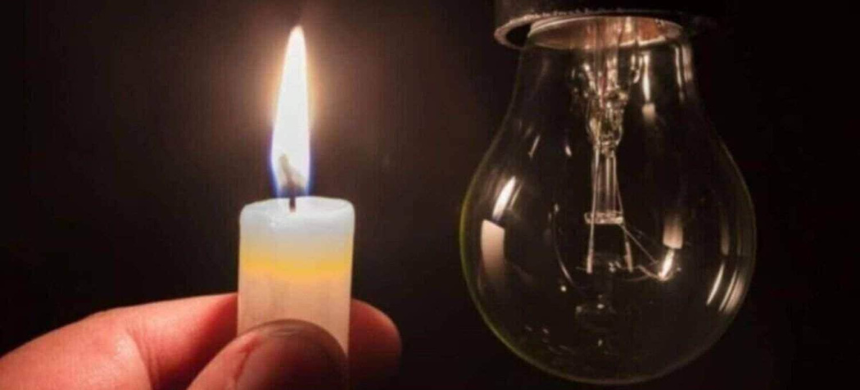Despite Surplus Claims, Punjab Faces Prolonged Load Shedding and Water Shortages
Lahore/Khanpur — Despite official claims of surplus electricity in the national grid, multiple regions across Punjab, including Lahore and Khanpur, continue to experience prolonged and unannounced power outages. These disruptions have not only heightened public frustration but have also triggered widespread water shortages in the sweltering summer heat.
On Monday, a spokesperson for the Power Division asserted that there is no load shedding taking place anywhere in the country. The official stated that electricity generation currently exceeds national demand.
“The country’s power demand is 21,500 megawatts, and all DISCOs are receiving power as per their allocated quota,” the spokesperson claimed.
The spokesperson also pointed to the growing adoption of solar net metering as a reason for decreased grid demand in some regions, suggesting that official metrics may not accurately reflect real-time consumption patterns.
Ground Reality Contradicts Official Statements
However, residents in Lahore have reported 4–5 hours of unannounced power cuts, particularly in residential areas. The outages have caused disruptions in daily life and have worsened water shortages, as electric pumps remain inoperative.
When approached for clarification, LESCO (Lahore Electric Supply Company) officials denied conducting load shedding.
“There is surplus electricity in the system. These interruptions are caused by transformer tripping and technical faults, not load management,” a LESCO representative stated.
Khanpur Faces Planned and Unplanned Shutdowns
In Khanpur, residents are enduring even longer power outages. MEPCO (Multan Electric Power Company) has implemented a scheduled five-hour daily power shutdown from 6:30am to 11:30am, citing ongoing rehabilitation work recommended by the Regional Rehabilitation Engineer (RRE).
“The power shutdown is essential for technical upgrades and has been formally notified,” a WAPDA official confirmed.
Despite this scheduled shutdown, residents in Khanpur report an additional 2–3 hours of unannounced load shedding each day, compounding the impact on households, businesses, and students preparing for exams.
Public Outcry and Growing Frustration
The contradiction between government claims and the reality faced by citizens has led to mounting criticism on social media and in public forums. Many accuse authorities of downplaying the crisis and failing to address infrastructure issues, such as aging transformers and overloaded feeders.
“They say we have surplus electricity, yet our fans stop spinning in the middle of the night. It’s unbearable,” said a resident in Lahore’s Johar Town area.
Conclusion
While officials continue to insist on stable supply and surplus generation, the on-ground energy crisis in parts of Punjab tells a different story — one of infrastructure limitations, miscommunication, and diminishing public trust. With temperatures rising and public patience wearing thin, experts urge the government to adopt a transparent approach and prioritize urgent upgrades to the national transmission and distribution systems.











